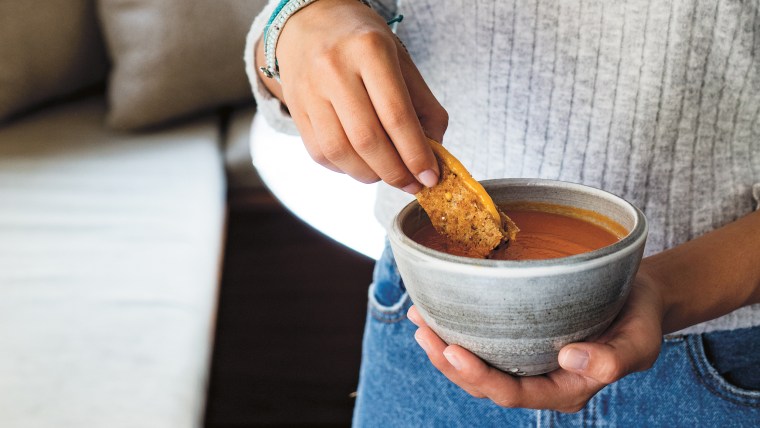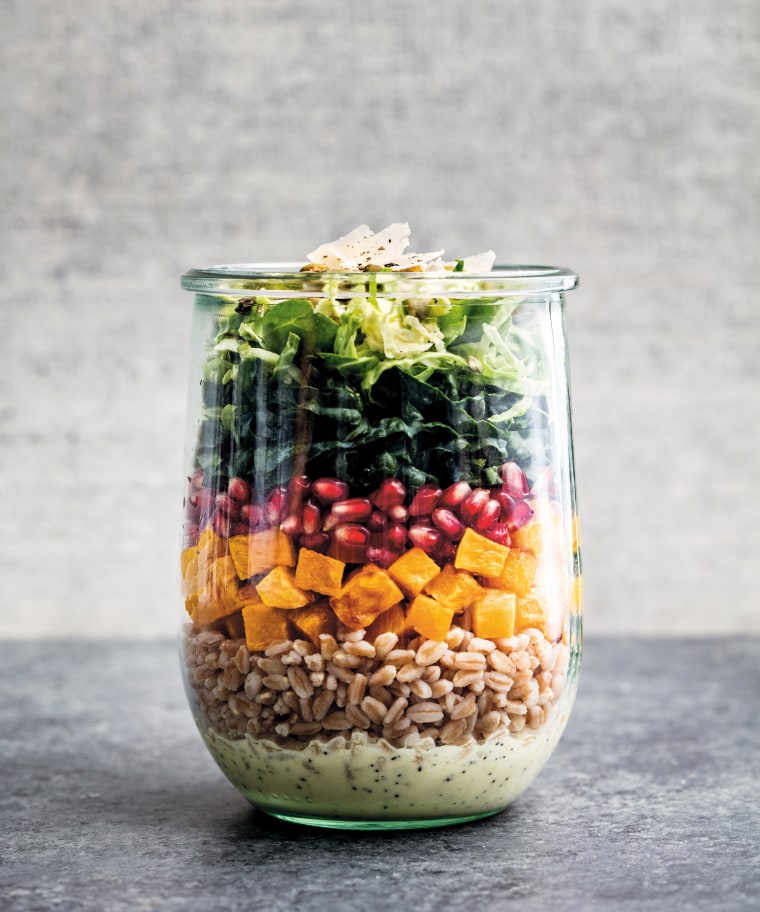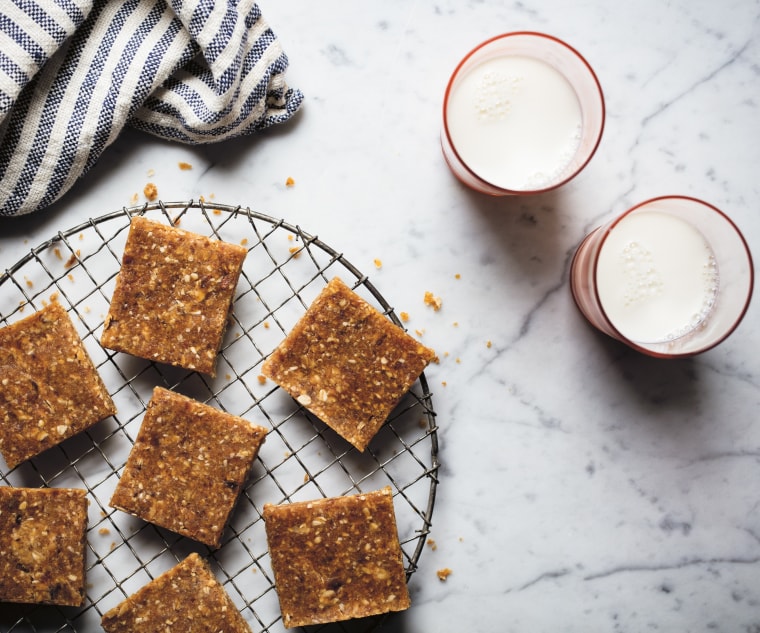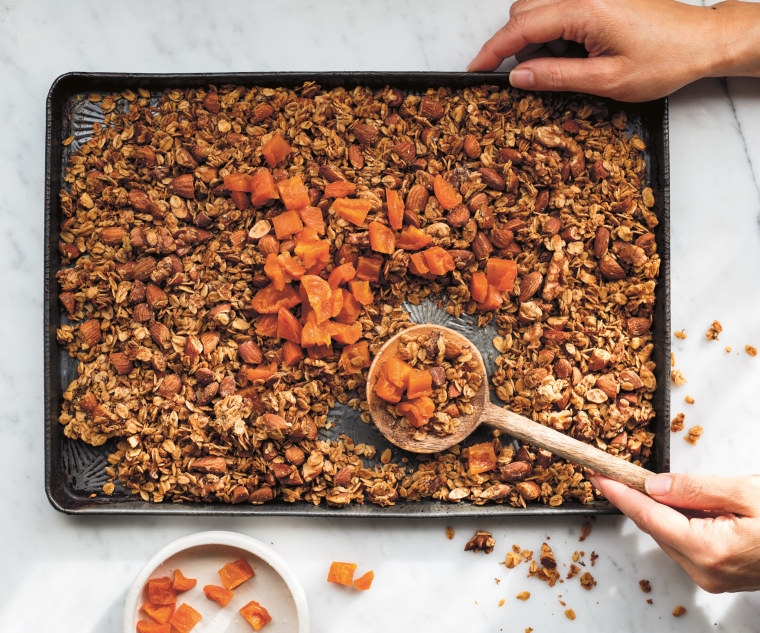Reducing added sugar is one of the best things you can do to improve your health. But it’s not just cakes, cookies, candies and sugary beverages that you need to watch out for. You’d be surprised how much added sugar sneaks into many packaged foods, including savory ones like soups, salad dressings and sauces and supposedly healthy foods like cereals, granola, nut butters, yogurt and “health” drinks. You might think you’re eating healthily, but you’re consuming a lot more added sugar than you should. Three times too much, in fact! That’s because added sugar is often hidden and it’s undermining your health.
The good news: evidence-based research shows that we can halt the progression of serious diseases, and maybe even reverse them, by eating a low-sugar diet. It starts with knowing how to spot sneaky sugars, then using fiber-rich fruits and vegetables instead of added sugar to sweeten your favorite foods. Nuts, seeds and spices can also add flavor without added sugar. As you cut back on added sugar, your preference for sweet will change over time and you’ll begin to notice you don’t crave it as much. These healthy swaps from our new book "Half the Sugar, All the Love: 100 Easy, Low-Sugar Recipes for Every Meal of the Day" are an easy place to start.
Packaged and canned soups
A serving of packaged tomato soup can contain the same amount of added sugar as a single packaged snack cake, 4 1/2 teaspoons or 17 grams (g). Instead, this Creamy Tomato Soup is sweetened with carrots that give the soup a velvety texture and natural sweetness with no added sugar.
Tip: To calculate how many teaspoons of added sugar are contained per serving, take grams of added sugar listed on the new nutrition label for one serving and divide by 4. Remember the daily limits: 6 tsp or 24g for women, 9 tsp or 36g for men, and up to 6 tsp or 12g to 24g for children, according to the American Heart Association. Children under 2 years of age shouldn’t consume added sugar since this is a critical developmental time for establishing taste preferences.

>> Try this recipe: Creamy tomato soup
Salad Dressings
You wouldn’t dress your salad with a donut, but that’s how much added sugar is contained in one serving of some packaged salad dressings, up to 3 teaspoons or 12g in a single serving. Barlett pear is the secret ingredient in this Creamy Poppy Seed Dressing. The pear, combined with extra virgin olive oil, Dijon mustard, white wine vinegar, shallots and spices comes together in 3 minutes in a blender. It’s that easy.
Tip: Added sugar is different than naturally-occurring sugar that is found in whole fruits and vegetables, like pears, because of fiber. Fiber slows the absorption of sugar, making it easier on your body to process, and helps you feel full so you may end up eating less.

>> Try this recipe: Fall harvest mason jar salad with creamy seed dressing
Energy Bars
That protein-packed energy bar you’re eating as a replacement for lunch can be just like eating a candy bar. Some energy bars contain more than 5 teaspoons of added sugar per serving, upwards of 20g, which is nearly your daily added sugar limit in one bar. Use dates and unsweetened peanut butter to sweeten a homemade energy bar instead, without any added sugar. These No Bake Peanut Butter Energy Bars come together quickly in the food processor and can be kept in the freezer for grab-n-go goodness.
Tip: Peanut butter and other nut butters can pack a sneaky amount of added sugar, too. Choose unsweetened peanut butter and look for products with only one ingredient on the label, peanuts. Same goes for sunflower seed butter if you’re nut-free.

>> Try this recipe: No-bake peanut butter energy bars
Breakfast Cereals
Breakfast cereals can pack a surprisingly large amount of added sugar, pushing you beyond your daily recommended limit of added sugar at breakfast alone. Same goes for the seemingly healthy combo of flavored yogurt and granola, which can contain as much added sugar as a scoop of ice cream. Fruit and Nut Granola has about 80 percent less added sugar than some packaged granolas. Pair it with unsweetened Greek yogurt and fresh berries for a healthier take on this breakfast staple.
Tip: Cooking is the antidote to added sugar. One simple thing you can do to reduce your consumption of added sugar from processed foods is to cook at home when you can. Choose a simple recipe, like granola, that takes just a few minutes to make, but pays dividends all week.

>> Try this recipe: Fruit and nut granola
Excerpted from Half the Sugar, All the Love by Jennifer Tyler Lee and Anisha Patel, MD, MSPH. Photographs by Erin Scott. Workman Publishing ©2019.
Want more tips like these? NBC News BETTER is obsessed with finding easier, healthier and smarter ways to live. Sign up for our newsletter and follow us on Facebook, Twitter and Instagram.


